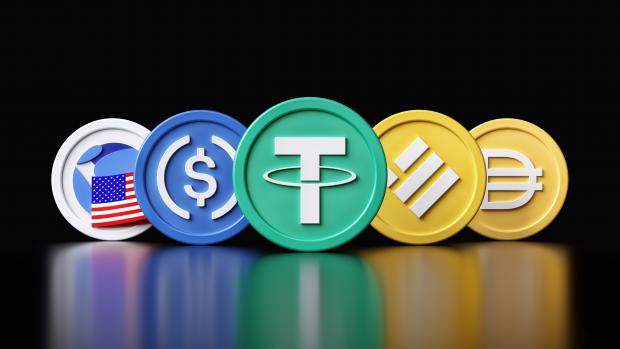
Breaking News
 Who Really Owns America (It's Not Who You Think)
Who Really Owns America (It's Not Who You Think)
 Canada Surrenders Control Of Future Health Crises To WHO With 'Pandemic Agreement': Report
Canada Surrenders Control Of Future Health Crises To WHO With 'Pandemic Agreement': Report
 Retina e-paper promises screens 'visually indistinguishable from reality'
Retina e-paper promises screens 'visually indistinguishable from reality'
 Unearthed photos of 'Egypt's Area 51' expose underground complex sealed off...
Unearthed photos of 'Egypt's Area 51' expose underground complex sealed off...
Top Tech News
 Future of Satellite of Direct to Cellphone
Future of Satellite of Direct to Cellphone
 Amazon goes nuclear with new modular reactor plant
Amazon goes nuclear with new modular reactor plant
 China Is Making 800-Mile EV Batteries. Here's Why America Can't Have Them
China Is Making 800-Mile EV Batteries. Here's Why America Can't Have Them
 China Innovates: Transforming Sand into Paper
China Innovates: Transforming Sand into Paper
 Millions Of America's Teens Are Being Seduced By AI Chatbots
Millions Of America's Teens Are Being Seduced By AI Chatbots
 Transhumanist Scientists Create Embryos From Skin Cells And Sperm
Transhumanist Scientists Create Embryos From Skin Cells And Sperm
 You've Never Seen Tech Like This
You've Never Seen Tech Like This
 Sodium-ion battery breakthrough: CATL's latest innovation allows for 300 mile EVs
Sodium-ion battery breakthrough: CATL's latest innovation allows for 300 mile EVs
 Defending Against Strained Grids, Army To Power US Bases With Micro-Nuke Reactors
Defending Against Strained Grids, Army To Power US Bases With Micro-Nuke Reactors
Stablecoin Boom Nears $300B as New Platforms Push Market Beyond Trading: Artemis

What to know:
Stablecoin supply has jumped 72% to nearly $300 billion, led by Ethereum, Solana and a record $6 billion Plasma launch, according to Artemis.
New use cases are emerging, including AI funding models and retail payments via platforms like MiniPay.
Stablecoins are evolving into banking-like infrastructure, with platforms and exchanges offering payments, cards and savings tools, the report said.
The stablecoin market has undergone a sharp expansion over the past year, with total supply climbing 72% to nearly $300 billion, according to data analytics platform Artemis.
Much of that growth has been concentrated on Ethereum and Solana, with the recent launch of Plasma marking a milestone. More than $6 billion in stablecoins were issued on the network in its first week, setting a record for a new chain debut, Artemis said in the Wednesday report.
Stablecoins are cryptocurrencies whose value is tied to another asset, such as the U.S. dollar or gold. They play a major role in cryptocurrency markets, providing a payment infrastructure, and are also used to transfer money internationally. Tether's USDT is the largest stablecoin, followed by Circle's USDC.
The dominance of Tether's USDT and Circle's (CRCL) USDC remains clear, as the two tokens continue to account for more than 85% of the market, the report said. However, their grip has loosened slightly as competition intensifies from emerging issuers and new platforms.
The surge isn't just about supply. A broadening set of use cases that reflect stablecoins' expanding role in the financial system, Artemis said. One example is USD AI, which has introduced a model allowing deposits to fund GPU loans for artificial intelligence (AI) companies, turning stablecoin holdings into a private-credit-like yield instrument.

 SpaceX Heat Shield and Starship Mass Production
SpaceX Heat Shield and Starship Mass Production

